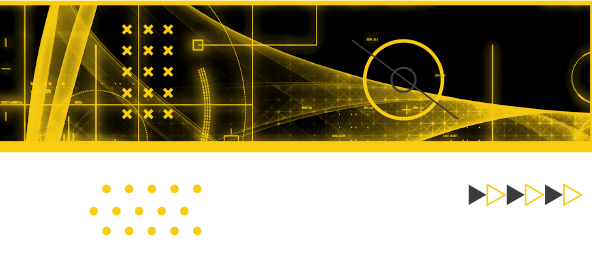Cybersecurity for Non-Technologists
Smart decisions to protect your business
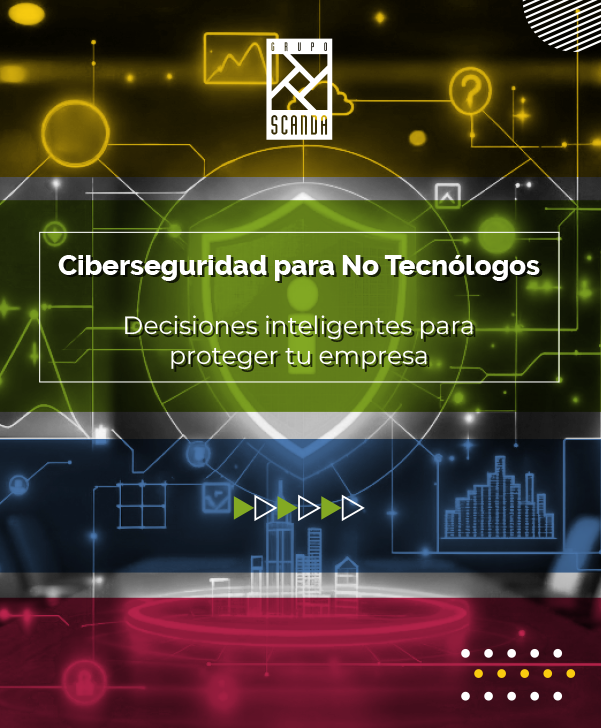
1. Introduction
Cybersecurity is no longer "IT only" and is now a strategic priority for the entire organization. Senior management must understand risks and lead protection, even if it is not technical.

2. The current landscape: cybercrime is business.
Cybercrime has become professionalized: it operates as a global industry with supply chains, affiliates and support, offering accessible tools to attack companies.
- Malware and "as-a-service" access available to anyone
- Medium-sized companies: frequent target due to data value and limited defenses
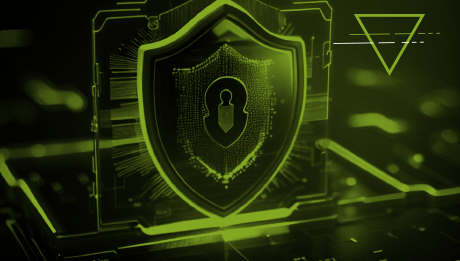
3. The attack surface in the middle market
Digitization exponentially expanded the vulnerabilities: hybrid work, cloud, mobile, legacy systems and multiple tools that do not always integrate.
- Lack of inventory/visibility of critical assets and accesses
- Silo gaps, weak configurations and Shadow IT
4. The real cost of cyber-attacks
The impact ranges from economic to reputational and operational; with new requirements, penalties for non-compliance can compromise viability.
- Direct and indirect costs (reclamation, penalties, shutdowns)
- Loss of customer, partner and market confidence
- Stopping of operations: invoicing, sales, logistics
5. Main threats: what is at stake?
- Ransomware: data seizure and operation
- Phishing: mail/message/call scams
- Exploits and vulnerabilities: software failures
- Theft of credentials: common entrance door
- Internal threats: human error or malicious intent
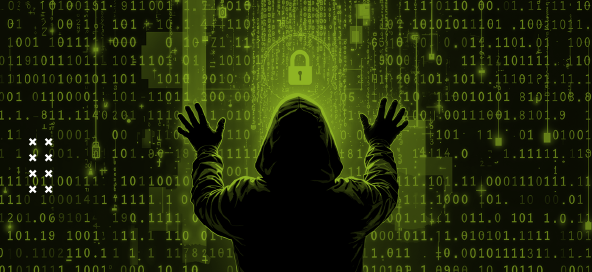
6. Regulation and new obligations
Requirements are tightening in Europe (NIS2, CRA), the United States (SEC) and Mexico (legal initiatives and guidelines); non-compliance entails fines, loss of certifications and legal risk.
7. From Reaction to Prevention: Organizational Culture
Digital resilience requires leadership from top management, KPIs and coordination between areas. Security must be integrated into day-to-day business and executive dashboards.
- Clear governance and executive accountability
- Continuous training and simulations
- Talent management and gap closure
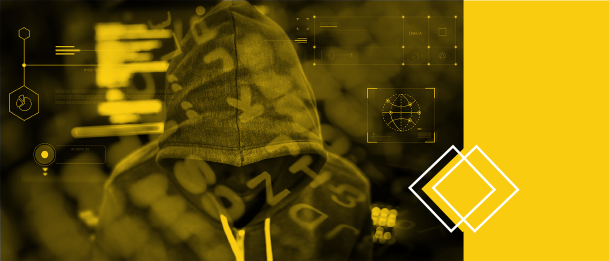
8. Practical strategies without technicalities
- Corporate governance: cyber risk in KPIs and committees
- Reference frames: NIST and Zero Trust as guides
- Periodic evaluation: annual diagnostics and testing
- Automation: alerts and response to minimize damage
- Total training: campaigns and simulations
- Executive responsible: leadership on a budget
- Integration: solutions that work in orchestration (avoid silos)
9. Self-diagnosis: checklist for leaders
Key questions to estimate your security maturity:
- How much does your company invest in cybersecurity per year?
- Do you have identified the most critical and vulnerable assets and data?
- Is there a cybersecurity person/committee with executive voice?
- Have you experienced any incidents in the last year and how did you respond?
- Is safety in your key reports and KPIs?
- Do you perform internal simulations or tests (network teaming)?
- Do you receive regular and clear reports on risks?
- Is your team able to act before/during/after?
- Is prevention predominant or do they only react to incidents?
Why Scanda Group? Our experience
- Multi-sector experience: finance, healthcare, retail, education, logistics
- End-to-end services: diagnosis, plan, execution, testing
- Preventive culture: committees, simulations, training
- Integral vision: technology + business + people
- Cases and acknowledgments: reference in forums and satisfied customers
11. Conclusions
Cybersecurity is no longer a technical function: it is a business and leadership priority. Acting today determines resilience to the next challenge.
